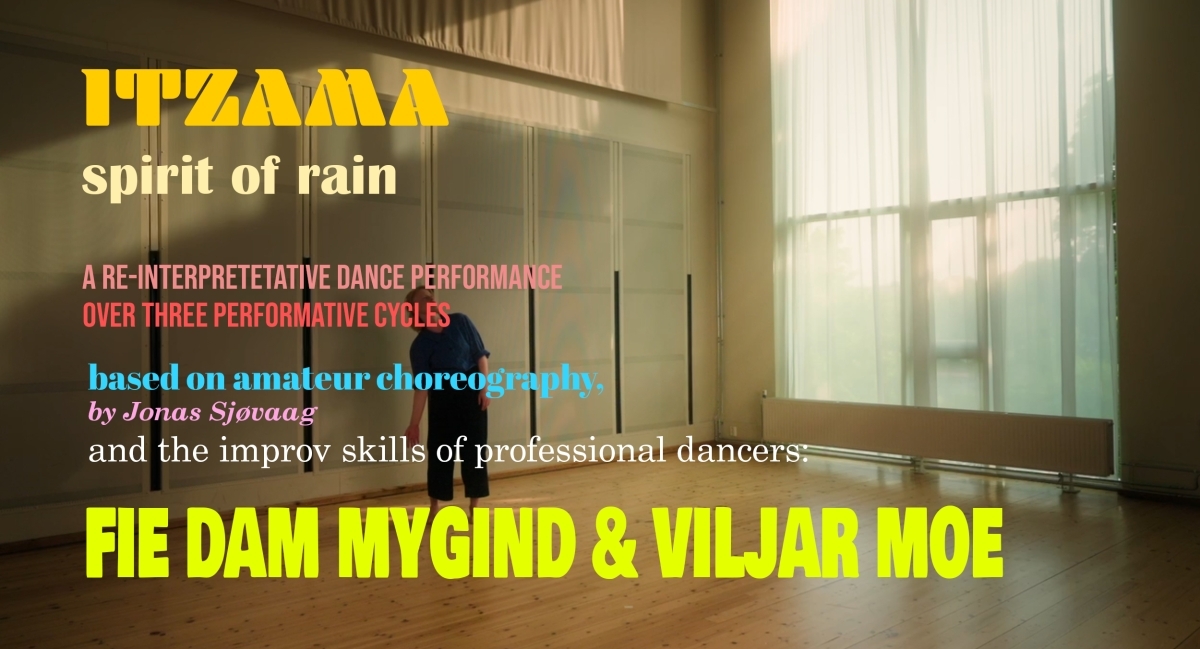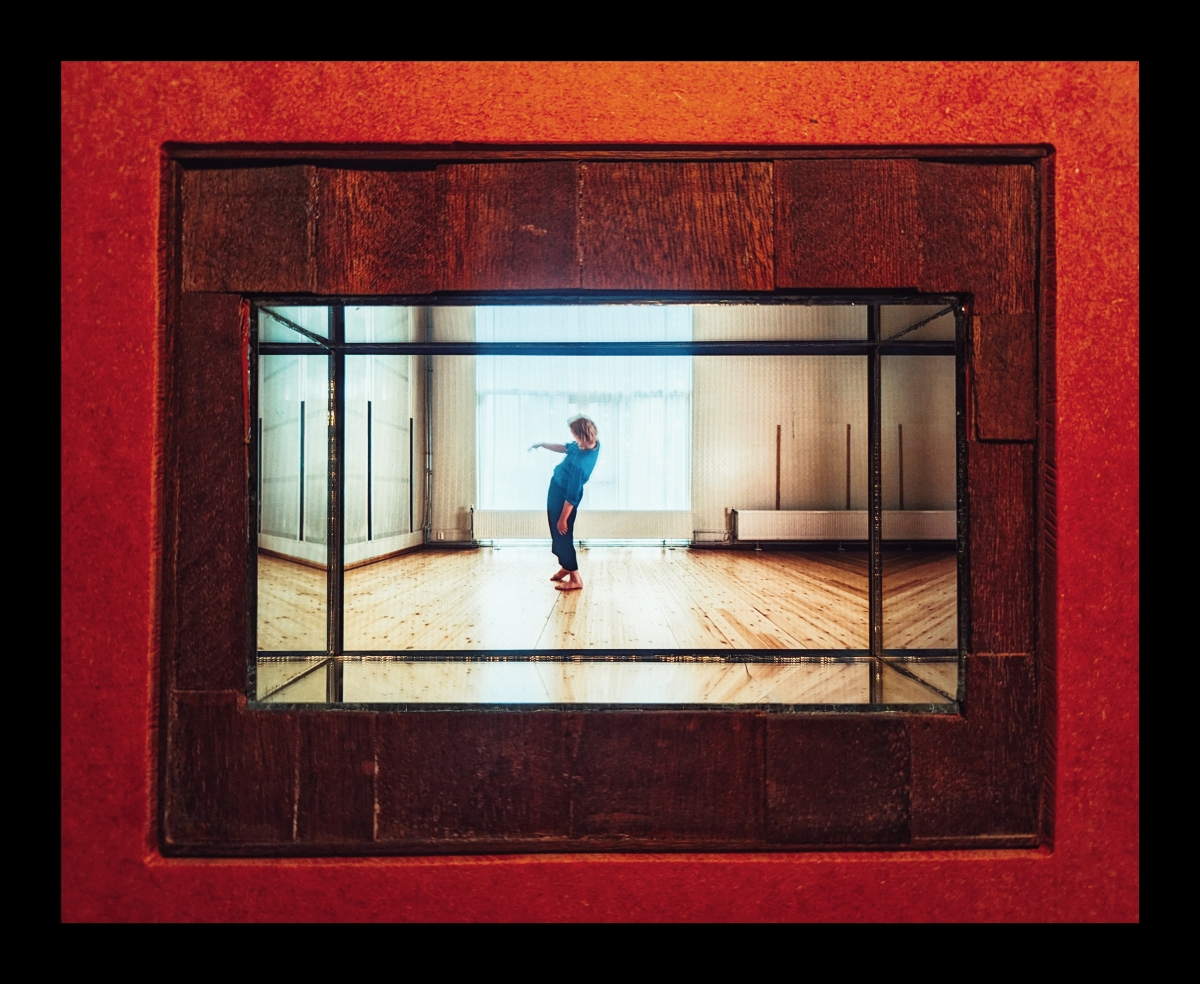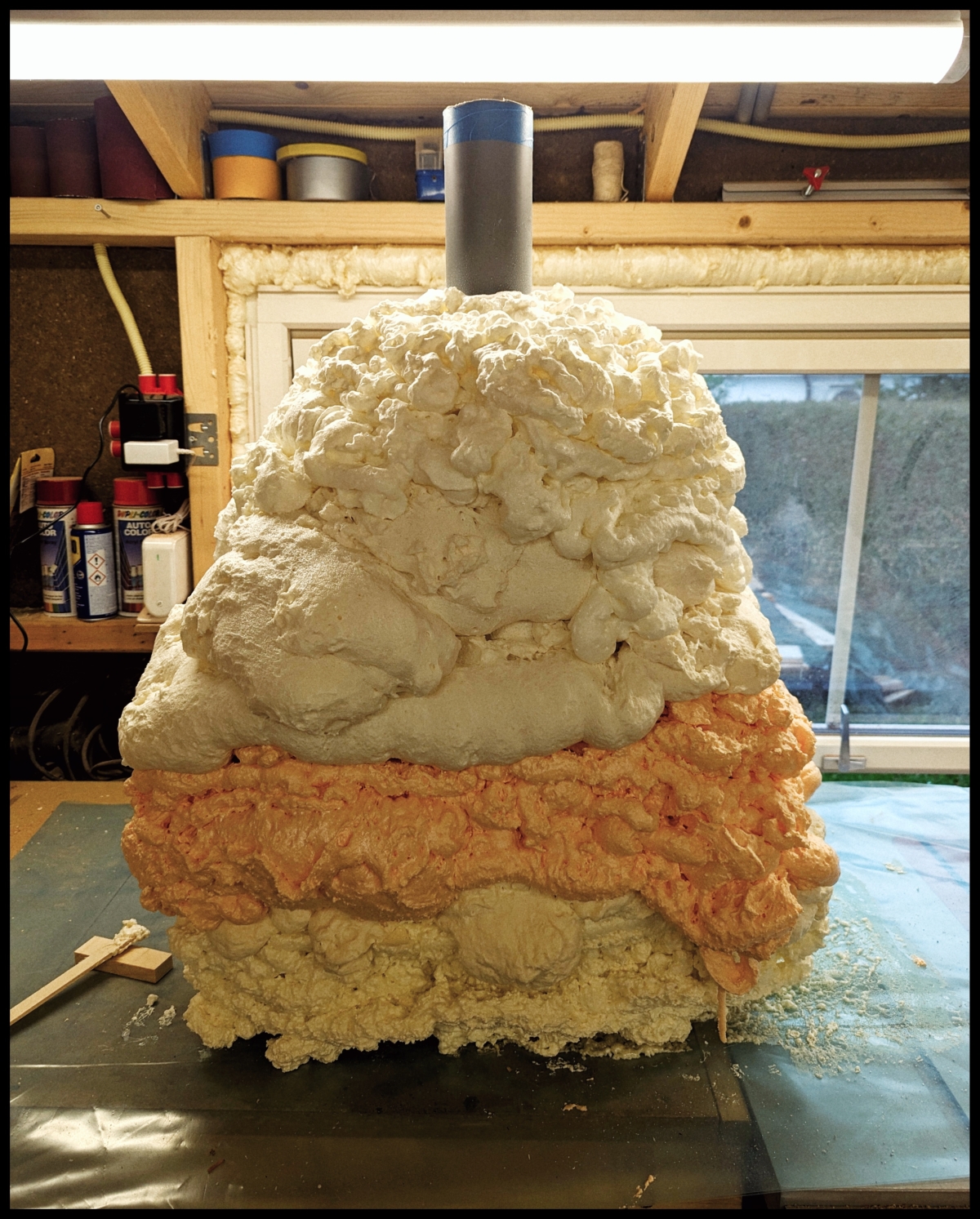
Welcome!
If you arrived here by scanning the QR code on my installation piece, you're likely wondering what it's all about, and this text tries to explain a little. You may also download the sheet music by clicking the link below, or
- check out more of my music by clicking here

Like many artworks—be it songs, paintings, installations, or otherwise—this piece emerged from a series of spontaneous ideas rather than a single meticulously planned project. The video you're watching plays a track that repeats three times, with improvised dance performances by Fie Dam Mygind and Viljar Irtun Moe in between the choreographed segments. Everything you see, including the physical installation, the video, and the overall experience, is a result of curiosity, experimentation, and a creative journey that unfolded in unexpected ways.
Creation of "Itzama"
"Itzama" was a lengthy creative process that led to the creation of lyrics, music, a video, and eventually this installation. The song’s lyrics are a reflection on, and a response to, Burroughs' work "Pook the Destroyer", exploring the themes of Mayan mythology, particularly the deity Itzamna.
The Process
The creation process flowed naturally, with each step leading to the next. The lyrics were written as a dialogue with Burroughs’ text, using AI to explore new ideas, though it quickly became clear that human creativity is irreplaceable. The music was composed with an intention to create something both modern and "otherworldly," using electronic instruments and heavily processed vocals to evoke a futuristic soundscape. The video, which features improvised dance, was shot in a single day with minimal preparation, focusing on the dancers' interpretations of the music.
Challenges and Solutions
After the video was completed, the challenge was how to present it. Traditional platforms like YouTube didn’t seem suitable for a 15-minute contemporary dance piece. Instead, I decided to create a physical installation that would allow the video to exist in its own right. This led to building a display unit with mirrors, creating an immersive experience that could be placed in a gallery setting.
Building the Installation

The physical installation took several attempts to perfect. Initially, I tried to create a retro-style TV box, but this idea was abandoned, simply because it did not become an interesting visual object. Instead, I opted for a more modern design using construction foam to create a base that would support the video display. The final installation is a mix of functionality and aesthetics, with a mirrored interior that reflects the video, creating an infinite loop of visuals.
Resembling a Stalagmite: The Mythological Connection
The installation's design, particularly its base, is meant to resemble a stalagmite, aligning with the Mayan mythology referenced in the lyrics. Stalagmites are often found in caves, places that are significant in many cultures as symbols of the underworld or the womb of the earth. In Mayan mythology, Itzamna is associated with rain, mist, and the cycles of the natural world. By creating an installation that echoes the shape of a stalagmite, I aimed to connect the physical form of the piece with the ancient myths that inspired the song. This design choice reinforces the connection between the music, the visuals, and the cultural references, creating a cohesive artistic experience.

In summary, this installation is the result of a spontaneous and exploratory creative process, merging music, video, and physical design into a unified artistic expression. The stalagmite-like structure not only enhances the visual impact but also deepens the thematic connection to Mayan mythology, making the installation a true embodiment of the ideas and inspirations that drove its creation.
